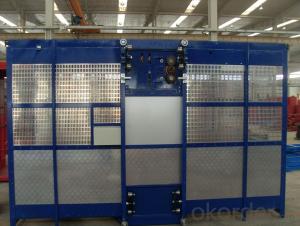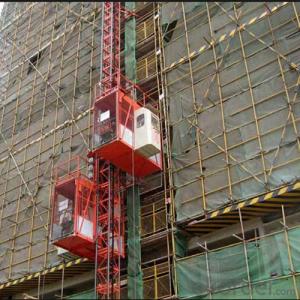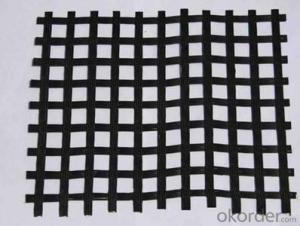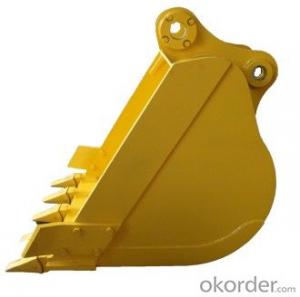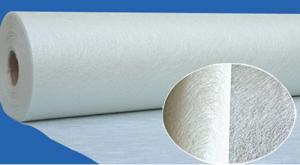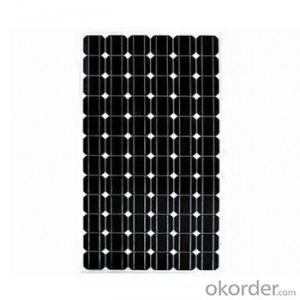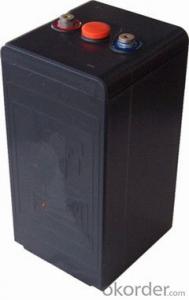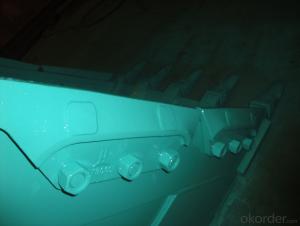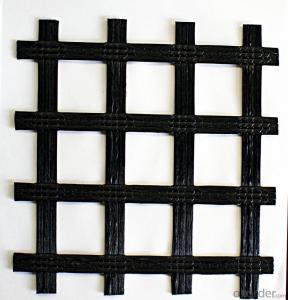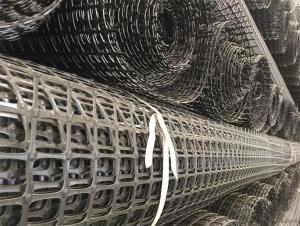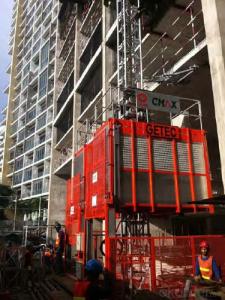Strata 200 Geogrid
Strata 200 Geogrid Related Searches
Fridge With Freezer On Bottom Driveway Pillars With Lights Blu Ray Player With Recorder Blu Ray Player With Internet Geogrid In Retaining Walls 1708 Biaxial Fiberglass Tape Pullout Resistance Of Geogrid Geogrid Warp Knitting Machine Srw 3 Series Geogrid Biaxial Plastic GeogridHot Searches
Fiberglass Scaffolding For Sale Fiberglass Panels For Sale Fiberglass Greenhouses For Sale Geogrid Fabric For Sale Gas Powered Core Aerator For Sale Revolution 4 Propeller For Sale Alabaster Carving Stone For Sale Geogrid For Sale Near Me Tensar Geogrid For Sale Geogrid For Sale Ex Display Log Cabins For Sale Photoelectric Cells For Sale Athletic Lockers For Sale Cubicle Partitions For Sale Stearman Propeller For Sale Palram Greenhouses For Sale Gumbo Bowls For Sale Suzuki Propellers For Sale Freight Crates For Sale Outhouse Sheds For SaleStrata 200 Geogrid Supplier & Manufacturer from China
Okorder.com is a professional Strata 200 Geogrid supplier & manufacturer, offers integrated one-stop services including real-time quoting and online cargo tracking. We are funded by CNBM Group, a Fortune 500 enterprise and the largest Strata 200 Geogrid firm in China.Hot Products
FAQ
- Geogrids help in reducing soil erosion on slopes by providing structural stability and reinforcement to the soil. They are used as a layer between the soil and any covering material, such as vegetation or rocks. The geogrids act as a barrier, preventing the soil from being washed away by rainwater or surface runoff. They distribute the applied loads evenly, reducing the chances of soil movement and erosion. Additionally, geogrids increase the shear strength of the soil, making it more resistant to erosion caused by wind or water.
- Yes, geogrids can be used in the reinforcement of dams and levees. Geogrids are high-strength, synthetic materials that are specifically designed to improve the stability and strength of soils. They are commonly used in civil engineering projects, including the reinforcement of dams and levees, to enhance the structural performance and increase the overall safety of these structures. Geogrids can effectively distribute loads, reduce soil erosion, and improve the overall stability of the embankments, making them a suitable choice for reinforcement in dam and levee construction.
- Where is the geogrid used?
- 1 strengthen the embankment, can effectively spread the load distribution to improve the bearing capacity of subgrade stability and prolong the service life; 2 can bear larger alternating load; 3 to prevent the loss of crack and deformation, caused by subgrade materials; 4 to fill the retaining wall after the self bearing capacity increase, reducing soil pressure, less retaining wall to save costs, prolong the service life and reduce maintenance costs; 5 with spraying anchor concrete construction method for slope maintenance, not only can save 30% to 50% of the investment, but also can shorten the period of more than 6; in the highway subgrade and surface layer and soil geogrid, can reduce the deflection, reduce rutting, delayed crack the emergence time of 3 - 9 times, can reduce the thickness of the layer structure of 36%; 7 is applicable to all kinds of soil, no place to be drawn, saving time and labor; 8 the construction of simple and quick, can greatly reduce the construction cost.
- The factors affecting the design of geogrid-reinforced structures include soil type and properties, slope stability, loading conditions, environmental factors, and the desired structural performance.
- Yes, geogrids are typically resistant to chemical degradation. They are designed to withstand exposure to various chemicals commonly found in soil and water, making them durable and suitable for long-term applications in civil engineering and construction projects.
- Yes, geogrids can be used in stormwater management applications. Geogrids are often used to reinforce and stabilize soil in various construction projects, including stormwater management systems. They help to improve the strength and stability of the soil, allowing it to better withstand the forces and pressures exerted by stormwater. Additionally, geogrids can also enhance the performance of stormwater management structures by preventing soil erosion and promoting water infiltration. Overall, geogrids are a valuable tool in stormwater management applications.
- What is the meaning of reinforced subgrade? Is there a geogrid type on the road?
- Some of them may be designed to be made of geocell and geotechnical net. Mainly depends on how you design.







